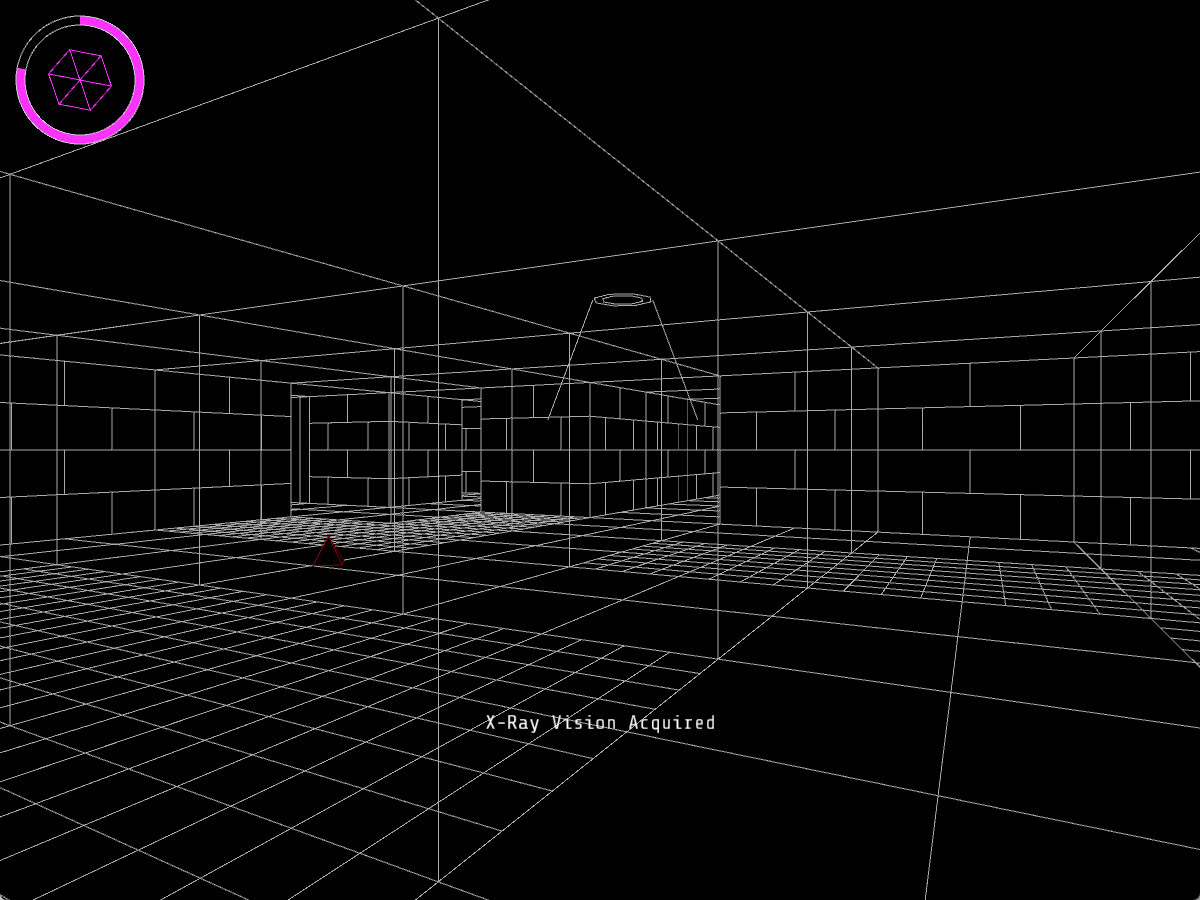"Processing is a flexible software sketchbook and a language for learning how to code. Since 2001, Processing has promoted software literacy within the visual arts and visual literacy within technology. There are tens of thousands of students, artists, designers, researchers, and hobbyists who use Processing for learning and prototyping."
I was first introduced to Processing during the first semester of BA Game Design, fascinated by its simplicity and potential to quickly make simple games or interactive applications with it. While processing could be used to render fully textured 2D or 3D games, I am mostly interested in making retro looking vector graphics games since this is one of the things that are not as straightforward to make in modern game engines such as Unity.
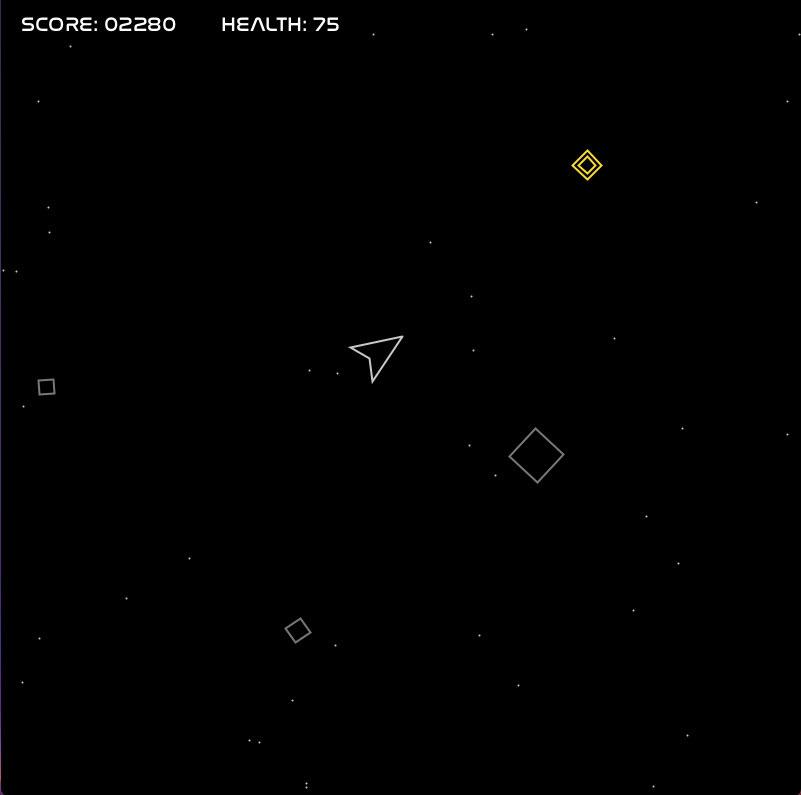
Recreation of the famous Asteroids from 1979

Game Over Screen
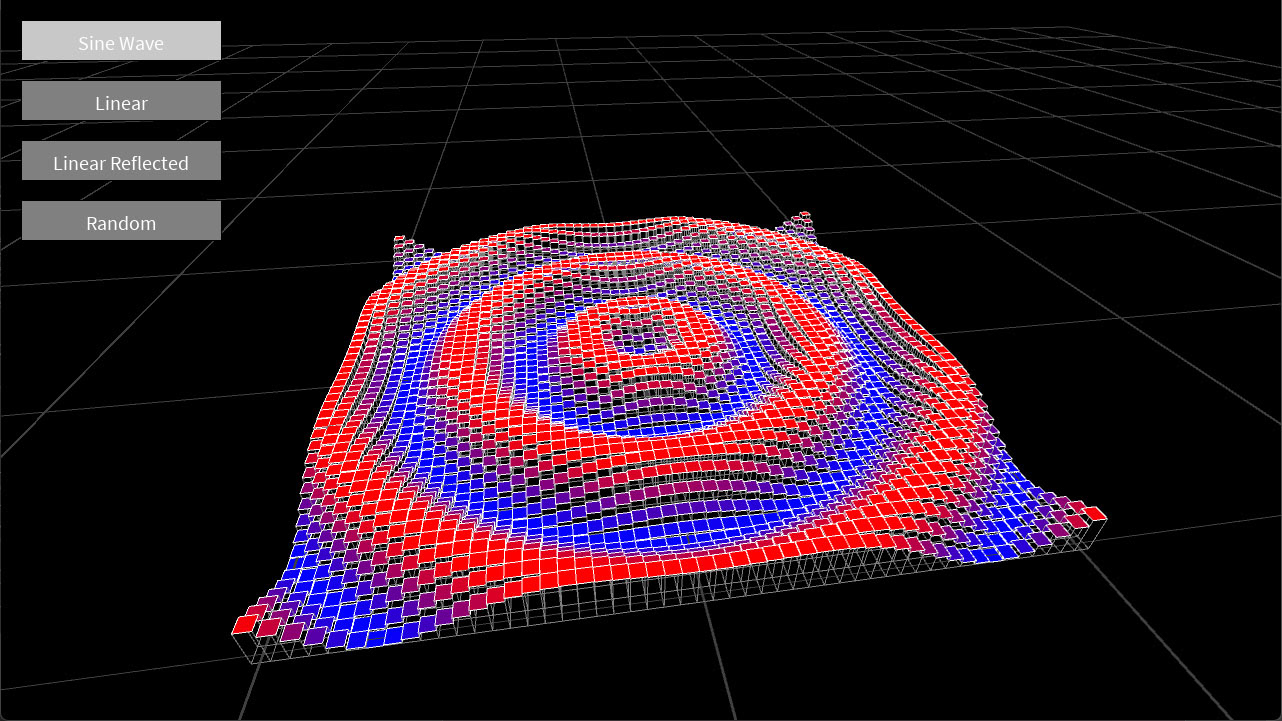
First experiments with processing in 3D
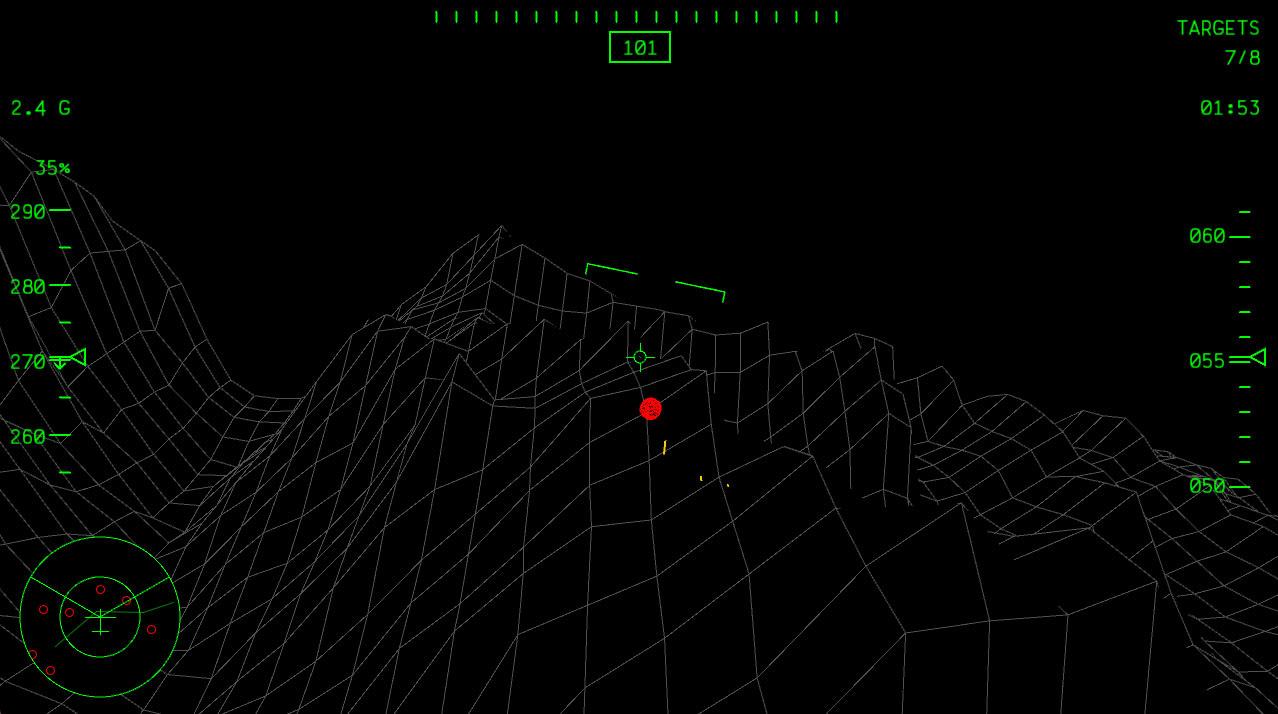
An attempt at creating a basic flight simulator


Attempt of recreating sidescrolling mechanics & visuals from Super Mario Bros. (1985)
Maze Escape
BA Game Design - 1. Semester | Game Technologies I | 2023
Inspired by early vector graphics games, especially the first person game Maze from 1973, I created a three-dimensional maze exploration game as a final project for Game Technologies I. The topic of "Limitation" that was given was implemented by not allowing the player to backtrack. When players inevitably move into a dead end and are forced to turn back, they fall through the floor and respawn at the beginning of the maze. By rememering the layout of the maze over repeated attempts, players are eventually able to locate the exit at the far end. Powerups scattered throughout the level help the player by allowing players to see the general direction towards the exit, seeing through walls, or even being able to break them.
The layout of the maze is randomly generated at the beginning of each playthrough.

Find a way out of the maze!
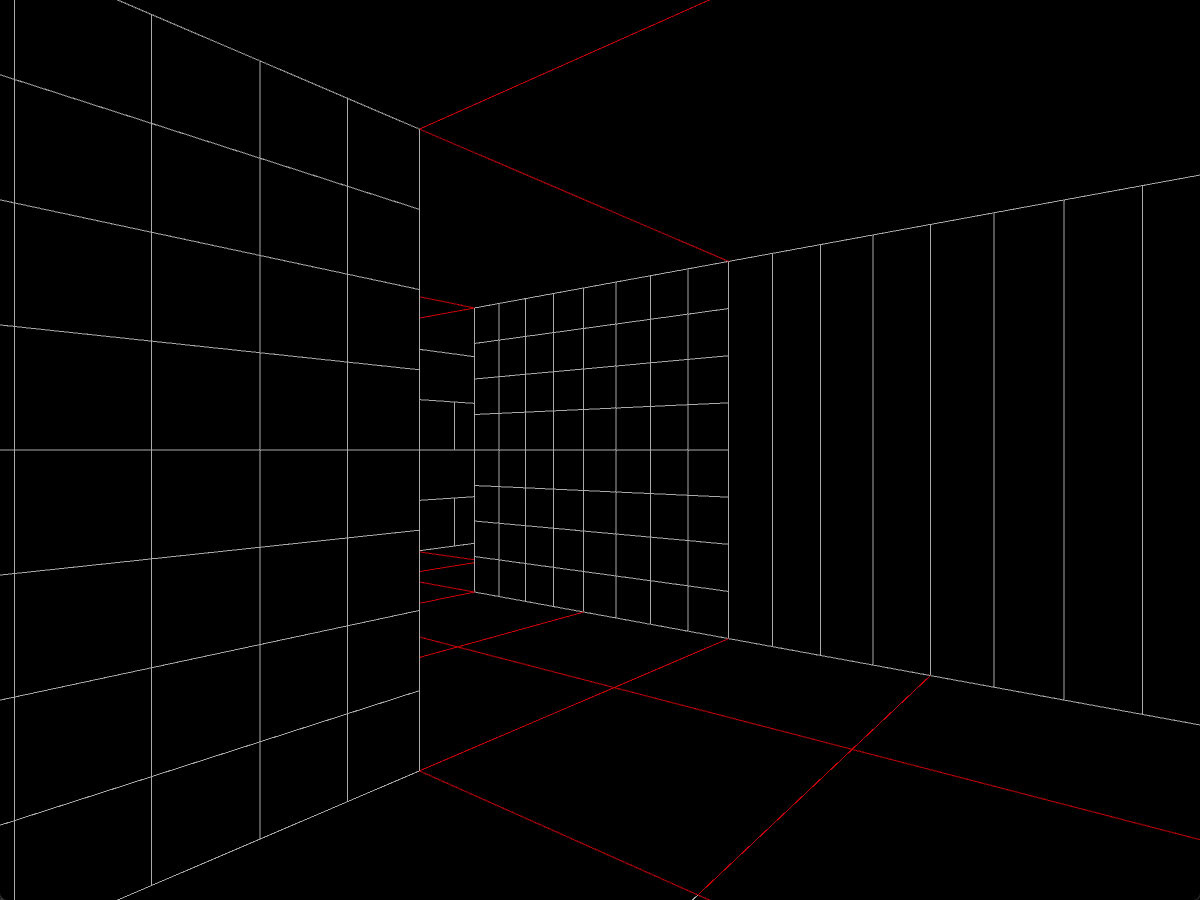
Red tiles indicate walked floor tiles

Falling through the floor as a result of backtracking
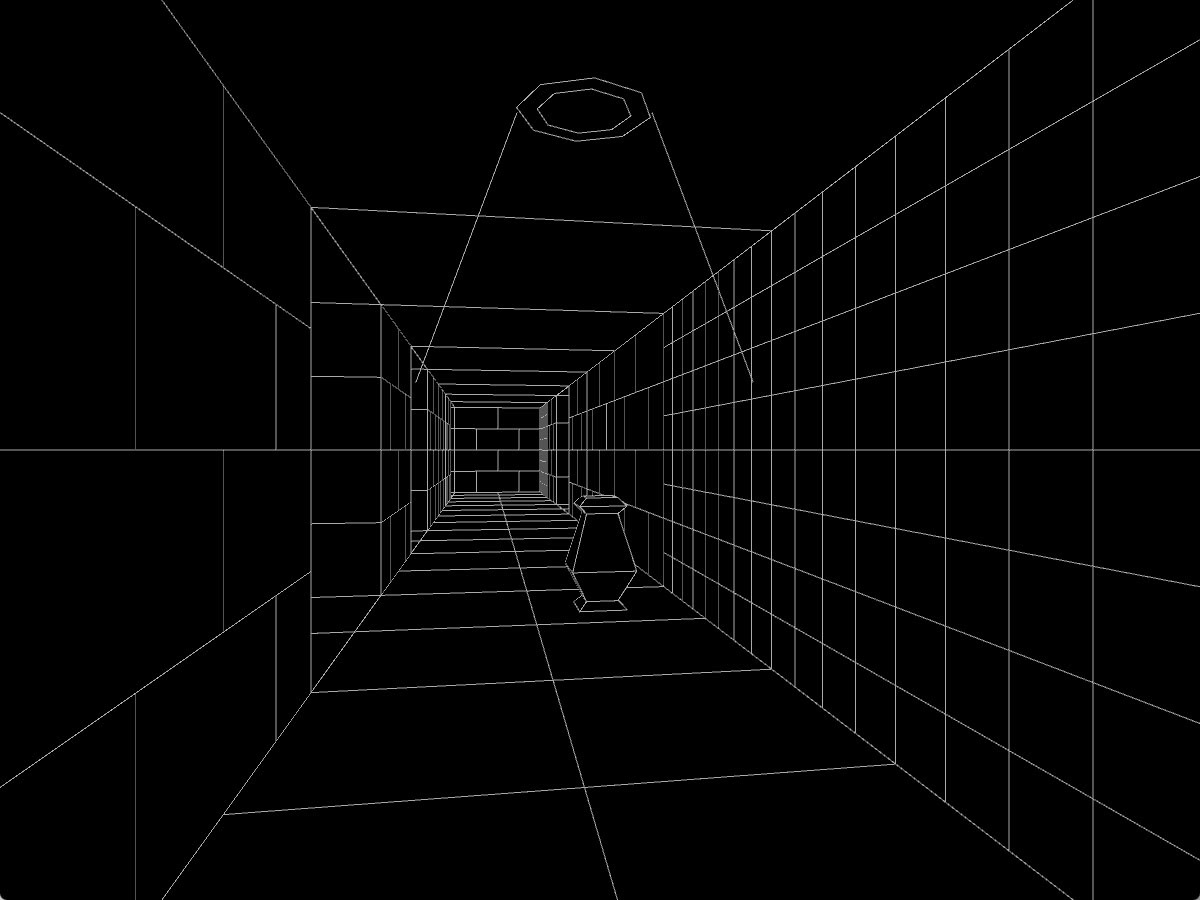
Random decorations and texture variations as navigational aids
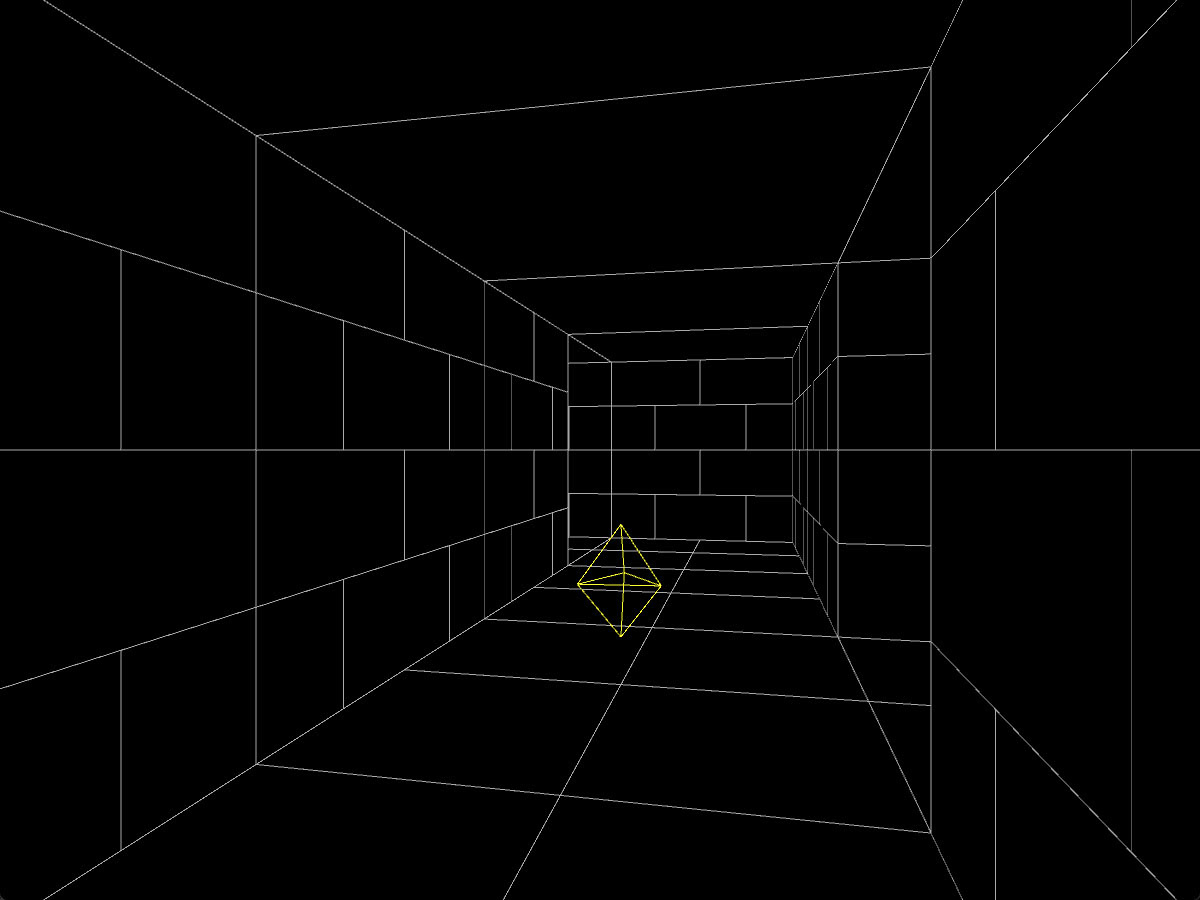
A powerup in its natural habitat
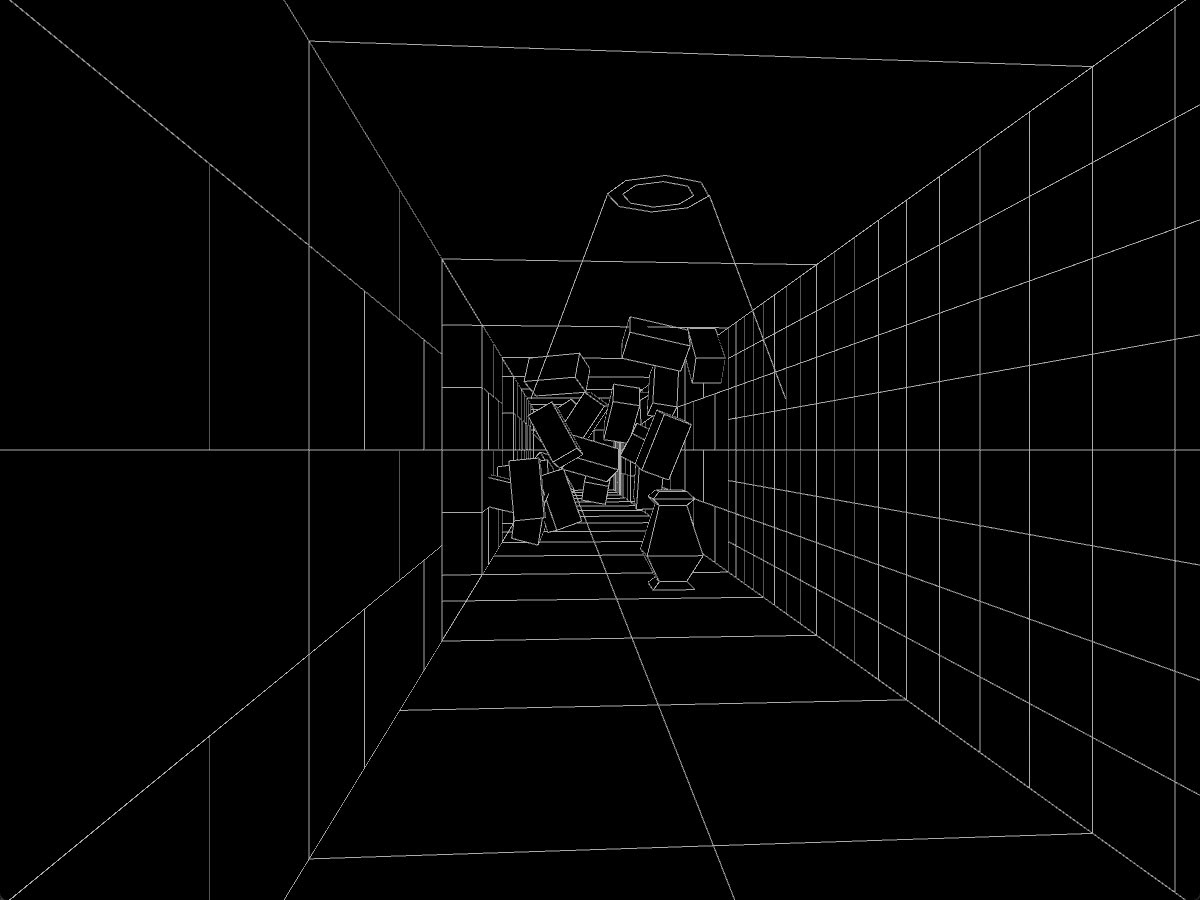
Using a powerup to break walls
